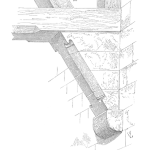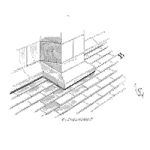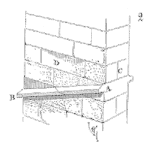
Today’s Gremlin – Cheap Charlie, is a well intentioned but often mis-guided Gremlin. He or she can be many people and we’ve all dealt with them before. “Cheap Charlie” is someone who truly believes that not spending leads to profits. This is one of the many gremlins we talked about when we introduced this series of articles.
[Read more…]











 Ask a question or send along a comment.
Please login to view and use the contact form.
Ask a question or send along a comment.
Please login to view and use the contact form.